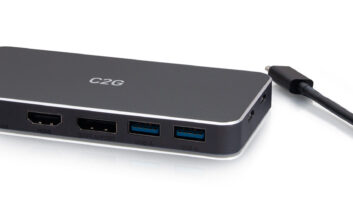This past week, four luxury European manufacturers — Meridian Audio, Future Automation, Barco Residential, and Display Technologies — invited a small group of dealers and reps from multiple states including California, Colorado, Texas, New York, Illinois, Washington, Georgia, and Florida to fly across the pond and visit their factories, meet with employees, and enjoy a bit of the local flair. They graciously invited me to tag along, and I’ll be sharing my experiences and thoughts from the trip over the next three posts.
The first stop on our trip was Meridian, manufacturer of premium DSP Active Loudspeakers, along with amplifiers and processors. The visit included some time for dealer-, rep-, and manufacturer-focused chats to discuss specific needs and wants and how best to support the CI market.
Meridian expressed it is looking for ways to improve business in the U.S. market which is “one of the most important to Meridian.”
Here are some highlights from our visit to Cambridge and Meridian’s headquarters.
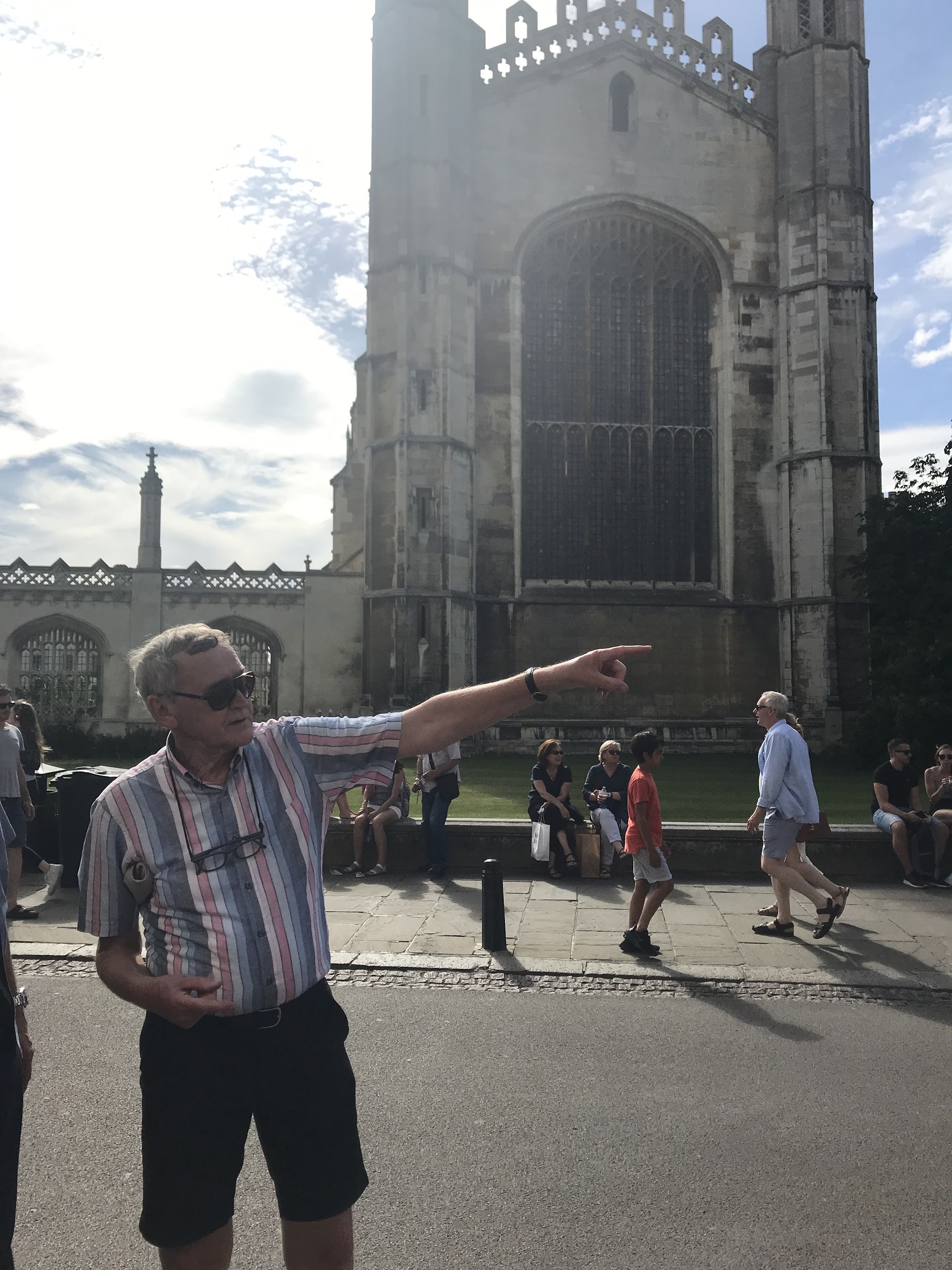
We all flew in from the States landing early Saturday morning at London’s Heathrow airport. After introductions, our group was transported to Cambridge where we had a brief bit of time to drop our bags at the hotel and grab a snack before meeting up for a walking tour of the city with Meridian’s co-founder, Allen Boothroyd. Both company founders, Allen along with Bob Stuart, met in Cambridge, the town synonymous with the prestigious University (which is actually a collection of about 30 universities hosting around 28,000 students), and Allen pointed out some of the city’s historic locations such as where DNA was discovered along with the actual room where he and Bob founded Meridian, originally Boothroyd Stuart Meridian due to other companies already having the name.
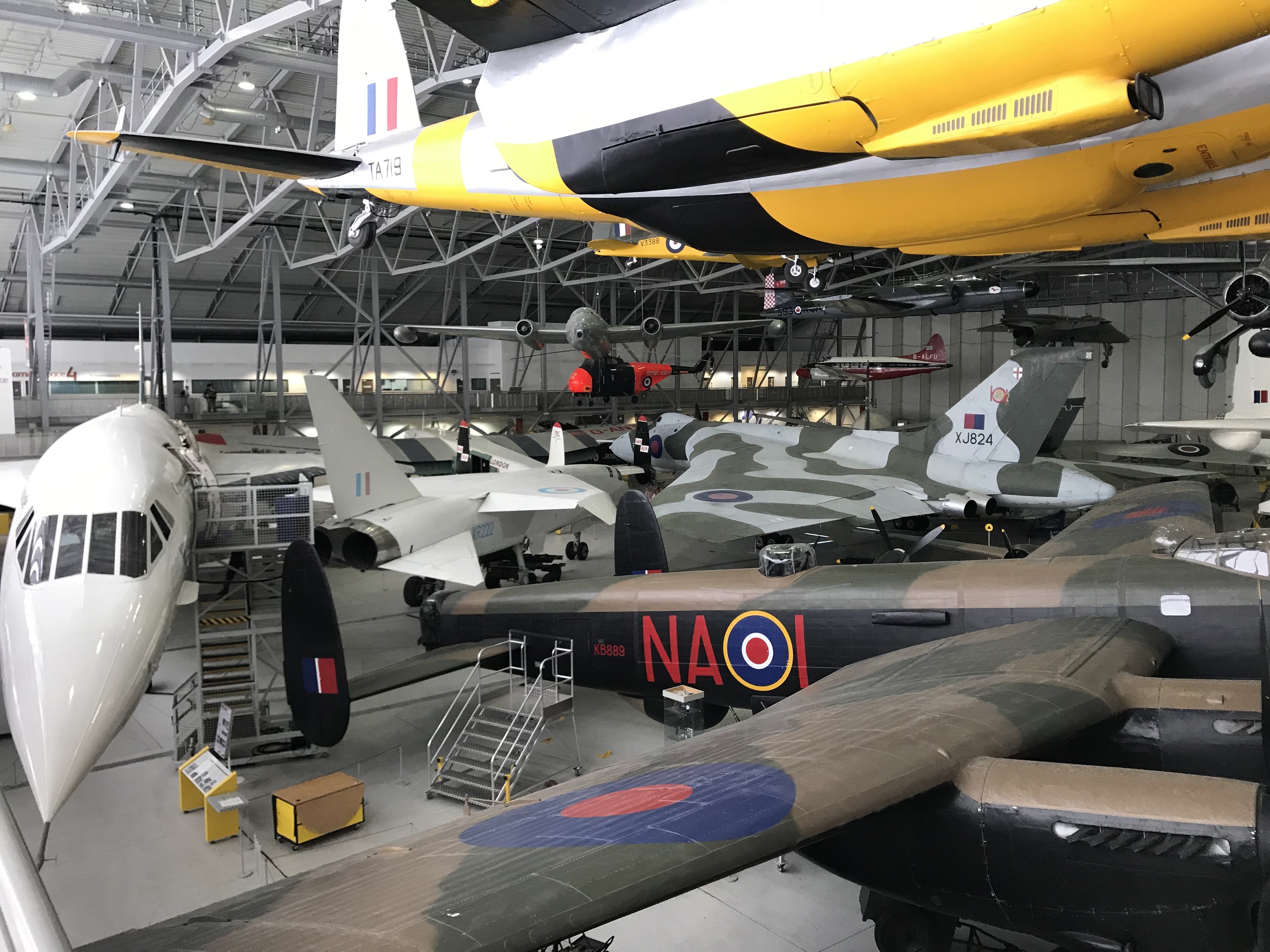
On Sunday, our hosts took us out to IWM (Imperial War Museum) Duxford, which is similar to the Smithsonian Air and Space museum in Washington DC. I’m a bit embarrassed to say I was completely oblivious to the fact that the 75th anniversary of the D-Day invasion was just days away, but this proved to be a terrific time to visit Duxford as they were gearing up for the celebration with many WWII-era DC3 Dakota planes flying in to take part in the ceremony. The museum includes a fantastic array of British and American planes, both military and commercial, including a Vulcan, Harrier, B-52, SR-71, F-15 and many, many more.
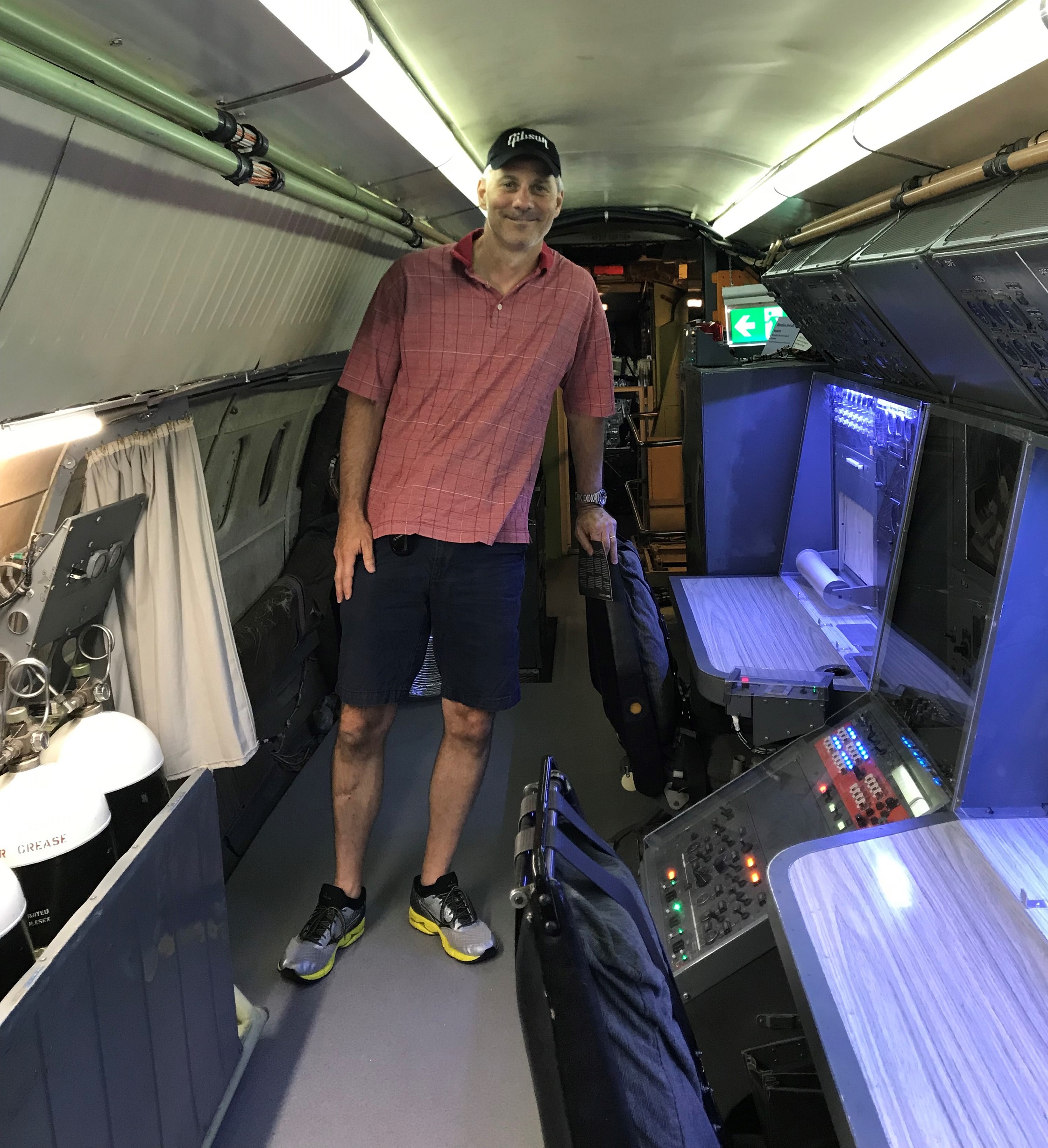
One of my favorite planes ever built is the jointly designed Air France and British Airways Concorde. Sadly, Concorde went out of service before I had the opportunity (or means!) to experience it, but I have always wanted the opportunity to see inside one. (There is one on display at the Smithsonian, but it is strictly hands-off.) Duxford presented me the opportunity to check this item off my list, and walk through Concorde 101, the third plane built. This was a model used for testing and achieved the fastest speed ever amongst the fleet, Mach 2.23 (1450 mph). The inside is quite small and cramped; I couldn’t even stand up fully and could practically touch both sides of the interior at once. But who cares?! You’re crossing the Atlantic in three hours going supersonic while drinking Dom Perignon and eating caviar!
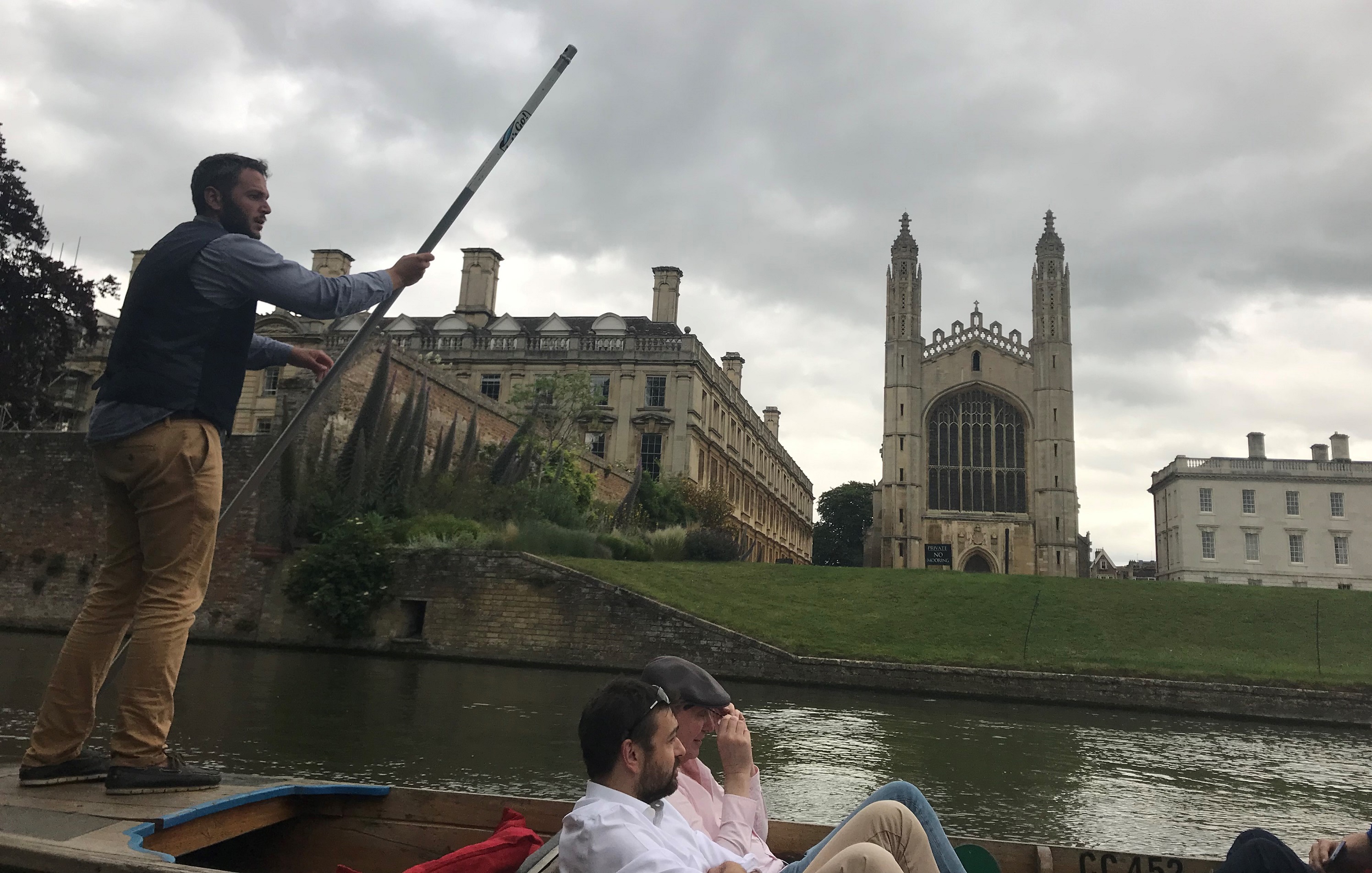
We closed out Sunday afternoon with a Punting tour of the city by waterway. Here you sit in a shallow boat where a driver uses a pole about 20-feet in length to gently propel you down the river similar to a gondola ride but with no singing. It’s a relaxing way to see the city, as well as see the backsides and grounds of many of the universities not visible on the streets. The guides also provide a steady stream of interesting facts and tidbits about Cambridge.
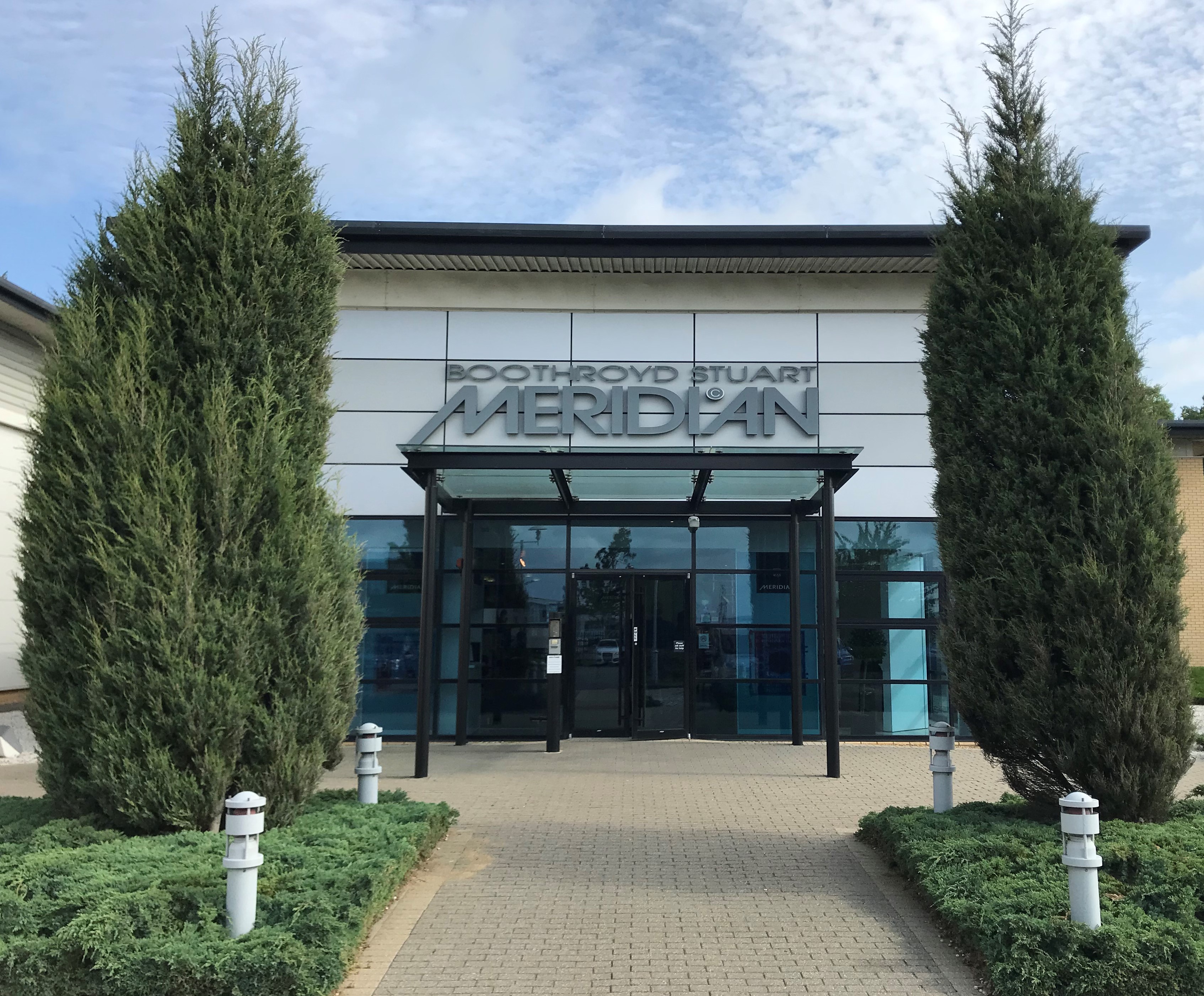
Monday was time to get down to business, and we drove approximately one hour to Huntingdon to visit Meridian’s headquarters, still emblazoned with the original Boothroyd Stuart name.
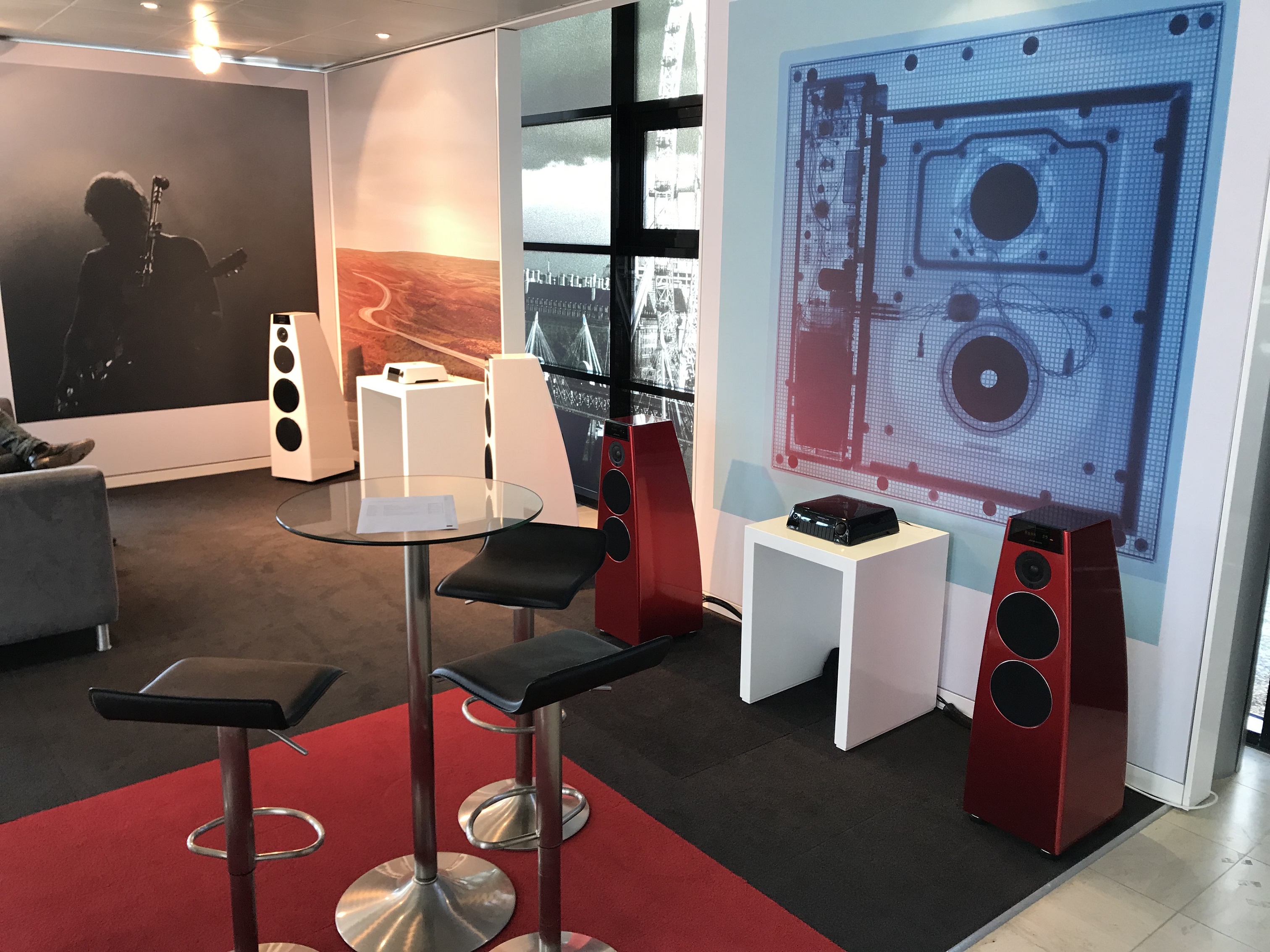
The building’s “lobby” features a listening lounge with multiple fully-functional areas displaying and demonstrating the company’s full line of speaker models from DSP3200 to DSP8000SE. Dealers are encouraged to utilize the factory and demonstration space to help serious buyers determine the best Meridian speakers for their listening needs.
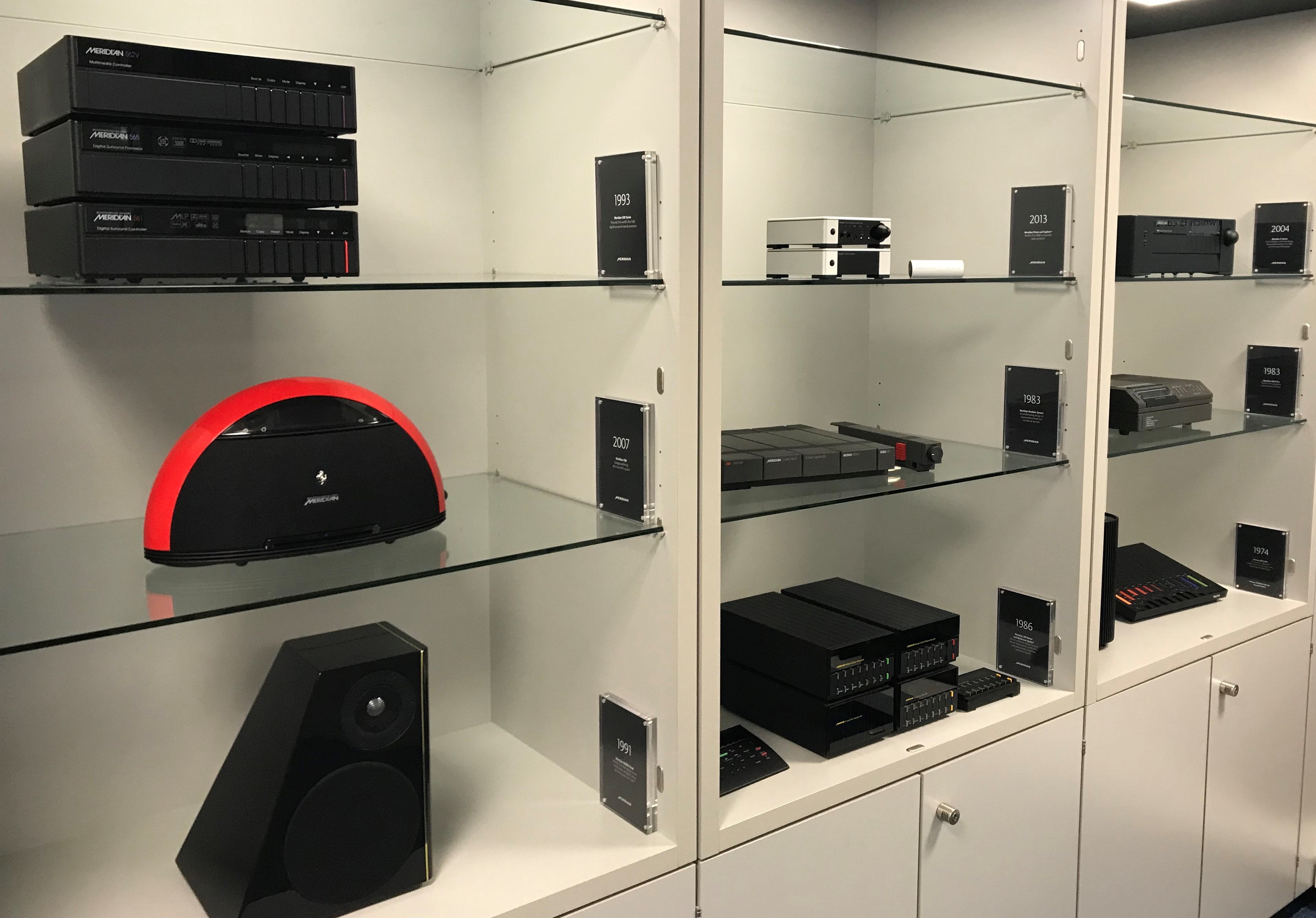
On your way into the factory, you first pass a product history wall displaying some of the company’s innovative products over the years.
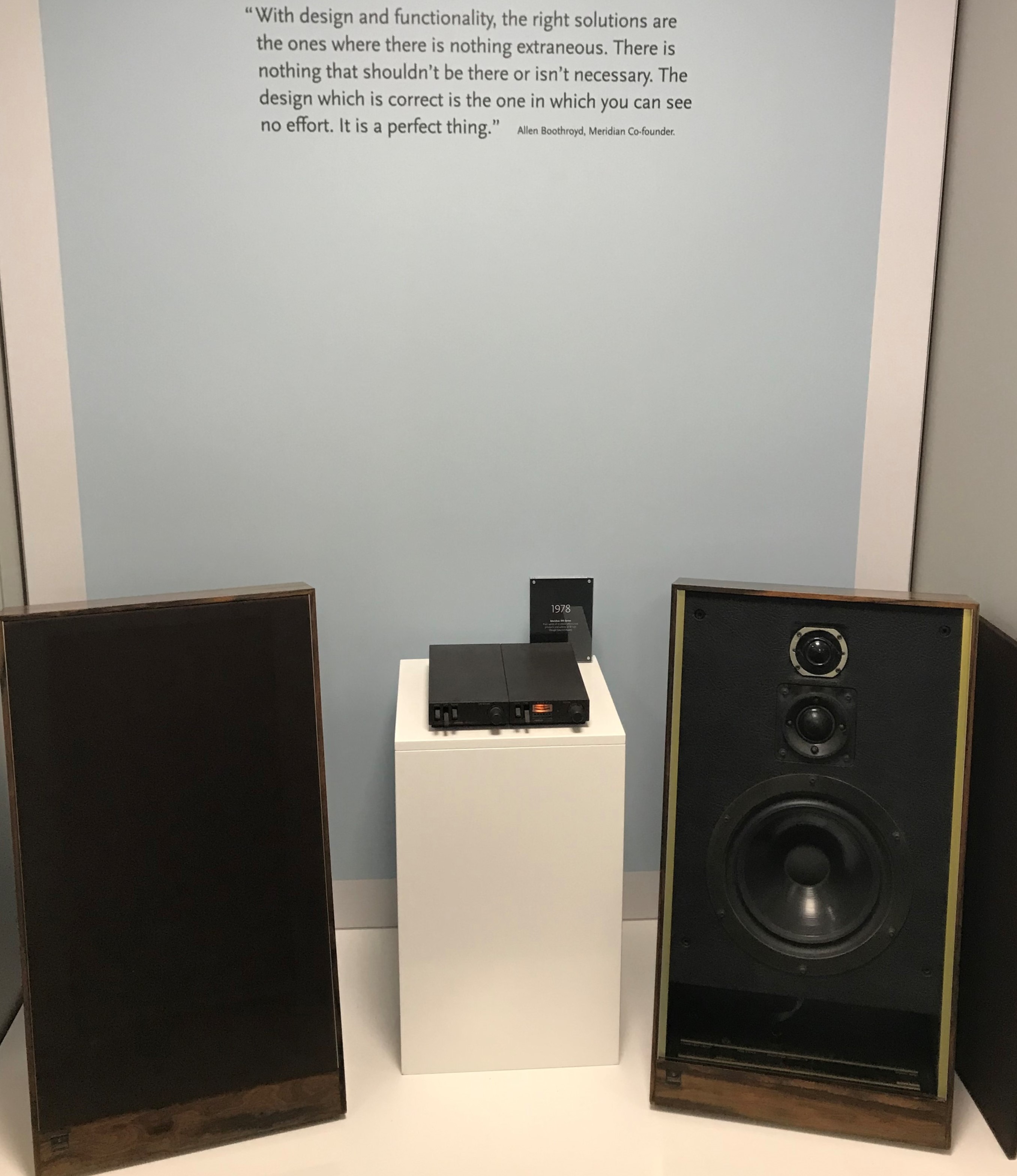
Also, on display is the world’s first active loudspeaker, the M1 from 1977, which still plays and sounds remarkably good. With their Cambridge engineering backgrounds, Stuart and Boothroyd determined early on that active loudspeakers would produce the best sound. This ultimately led them to using DSP to process audio in the digital domain, allowing them to correct inherent problems in the audio signal before it reaches the drivers. Today Meridian DSP incorporates different equalization settings at every volume step to ensure even, clean audio with correct bass energy and time alignment at every volume level from quiet to loud.
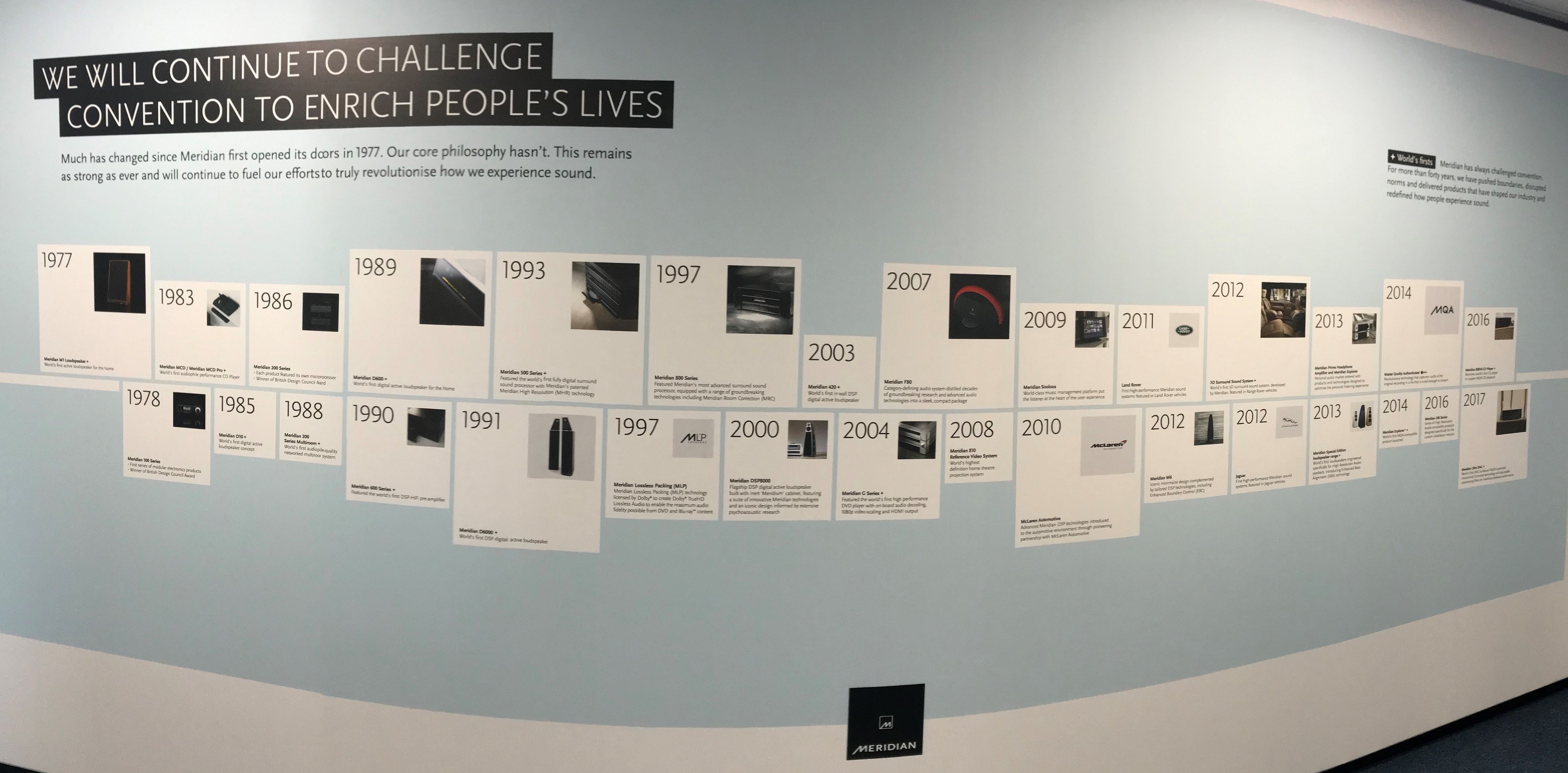
This wall catalogs a list of the company’s major developments and innovations over the years.
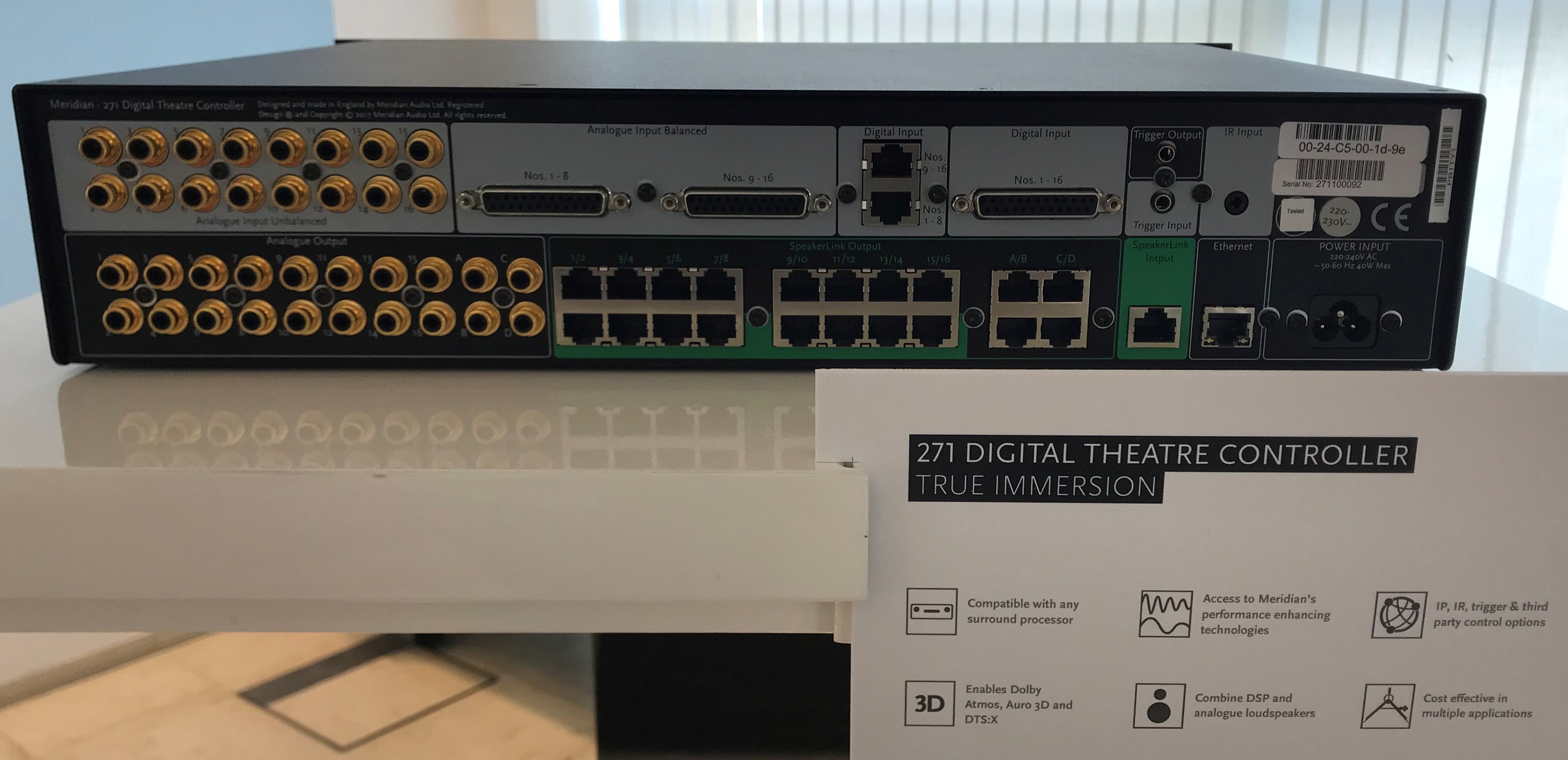
One product the company feels hasn’t gotten enough awareness, particularly in the U.S. market, is the 271 Digital Theatre Controller. This device acts as a bridge between other manufacturer’s high-end preamp/processors such as a Trinnov, Datasat, or Storm Audio while still using a full suite of active Meridian Digital loudspeakers. With an unbalanced RCA, balanced, and digital inputs, the 271 is compatible with whatever brand of processor an integrator prefers to deploy.
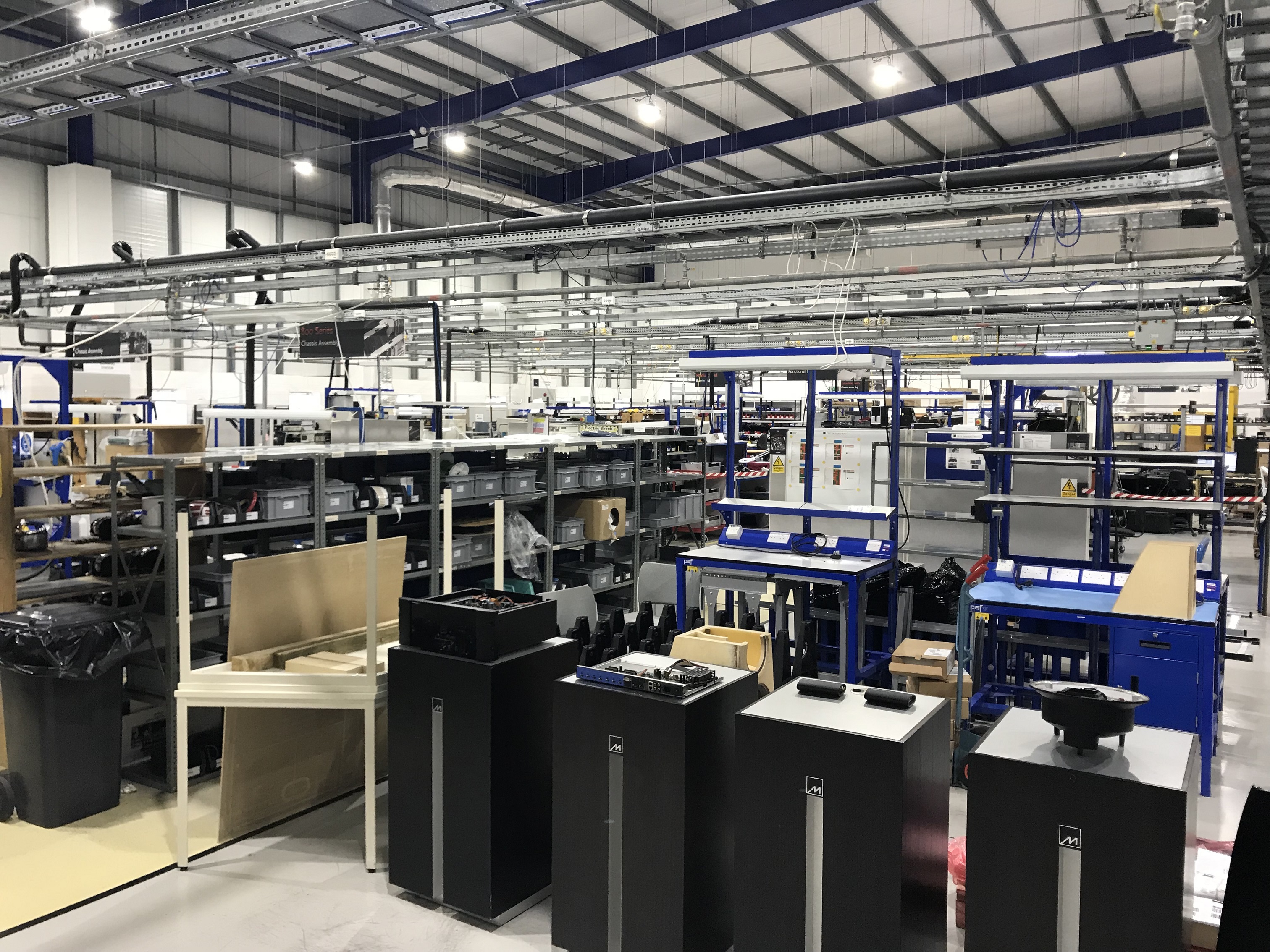
Meridian designs, engineers, and assembles everything it manufacturers at this location; from its entry 218 zone controller, to its $80,000/pair flagship DSP8000SE digital loudspeakers. There are more work stations than workers, which produces a better workflow and ensures each station is outfitted for optimal performance for just that task.
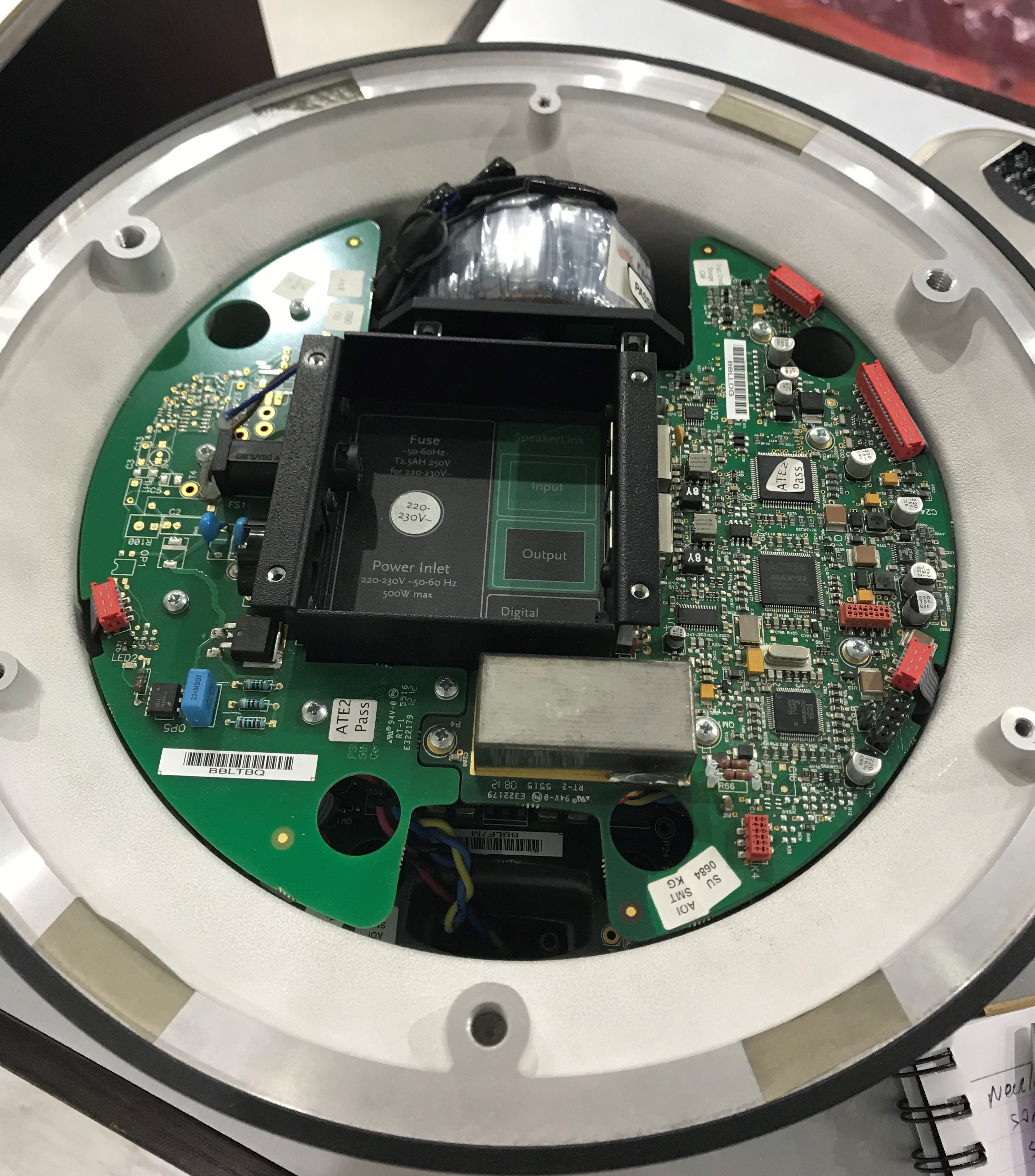
This includes circuit boards, with multiple board building machines onsite. It takes roughly 20 minutes start-to-finish to assemble and certify a board, with every circuit on every board tested. Nearly every board requires at least some bit of hand soldering. Part of this custom fabrication is shown here with the amplifier section of the M6 speaker. By being able to design and fabricate the board in house, Meridian can accommodate the unusual circular design to its exact needs and specifications.
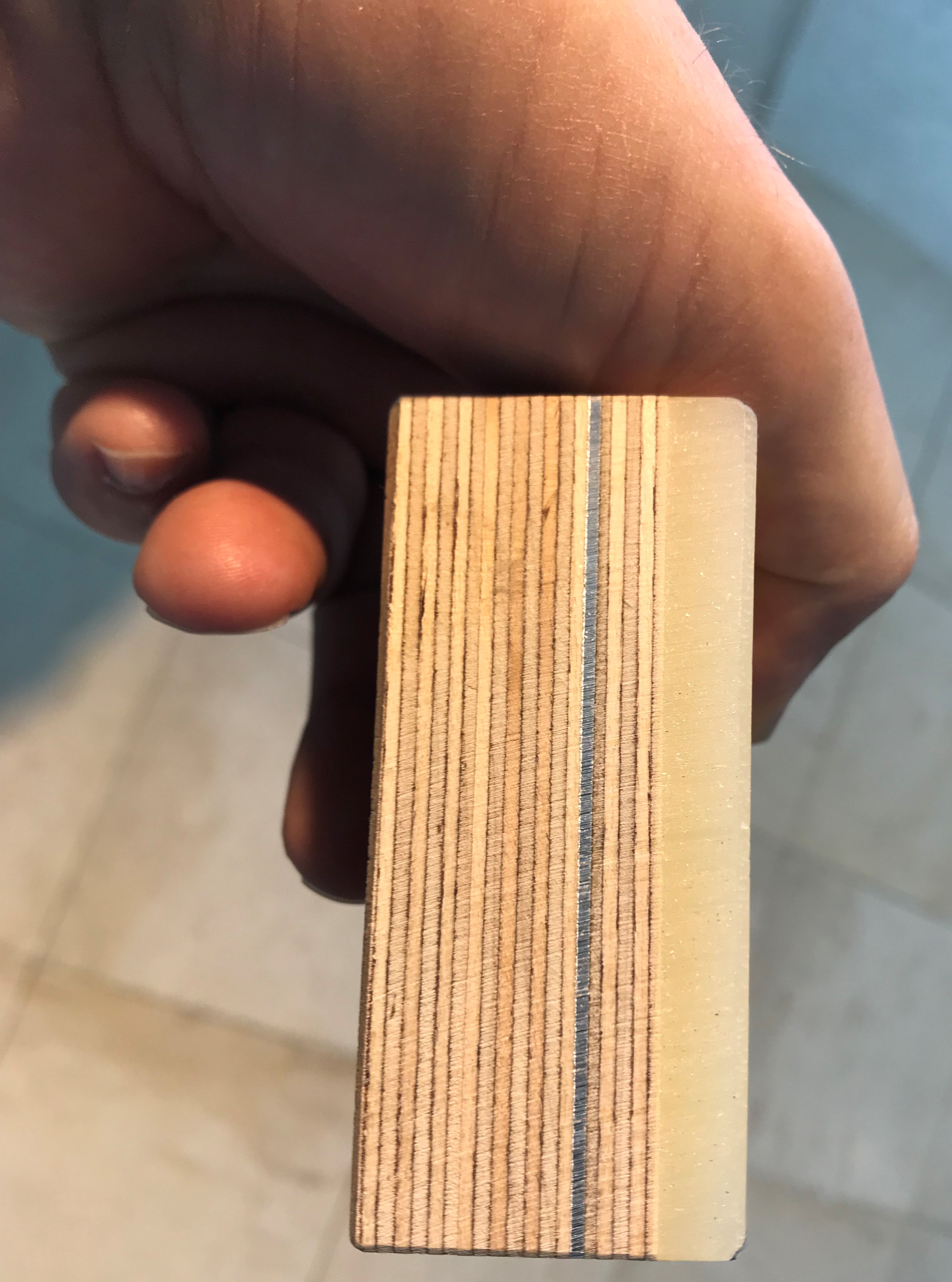
Cabinets are constructed for Meridian in York, about 150 miles north, using a stiff, dense, and non-resonant material to Meridian’s design specifications called “Meridium.” This is a sandwich of multiple layers of wood, aluminum, and resin. Painting, which can be done in virtually any custom color or finish, is also done outside of factory. And, much like a Ferrari or Lamborghini, while there may be colors you prefer over others, with its impeccable fit-and-finish, I dare say no Meridian speaker looks rubbish whatever the color.
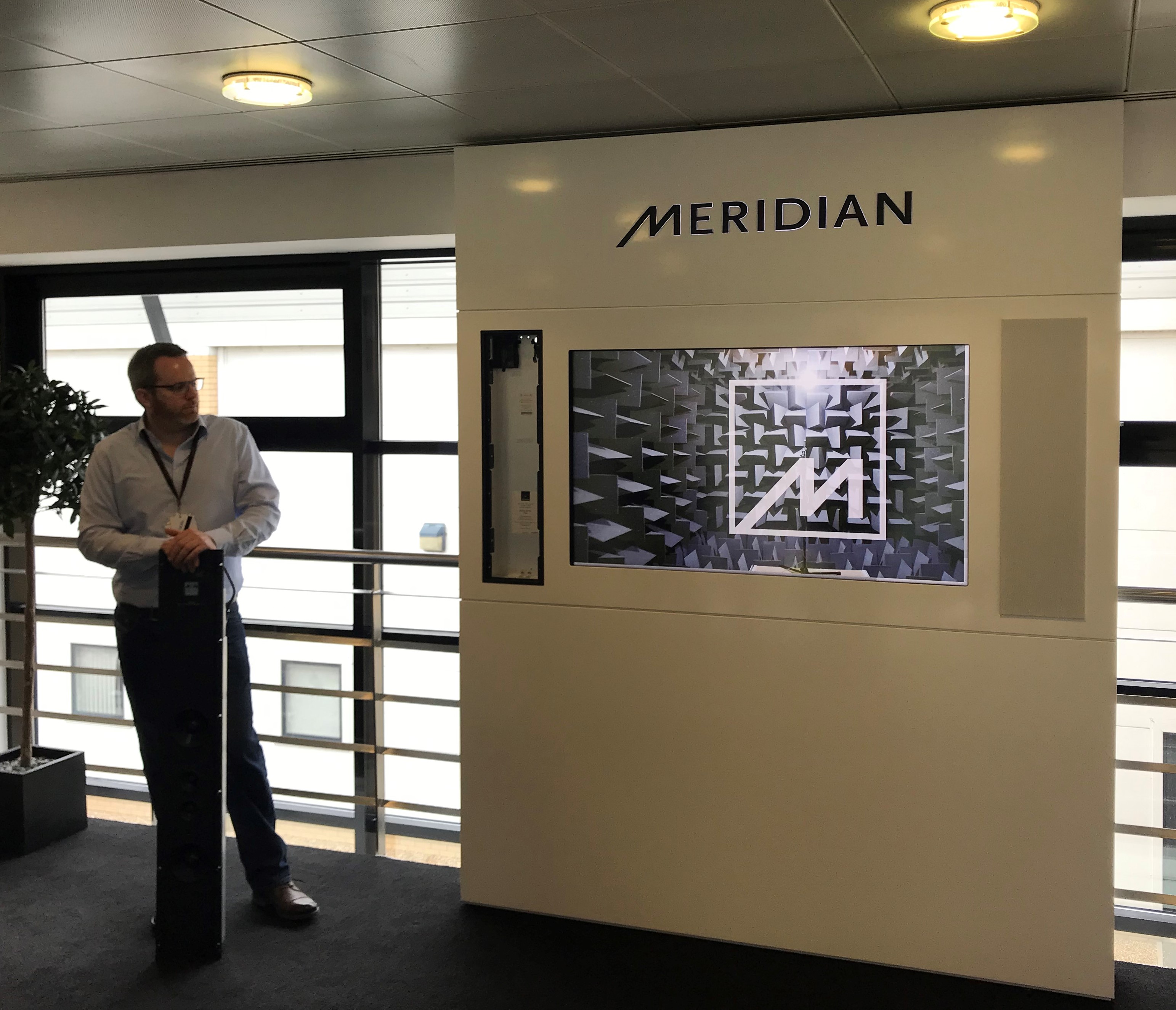
The company is just launching its new architectural product, the DSP520- and DSP640- series two. The DSP520.2 includes a 5 ½-inch bass driver that can achieve sub 40 Hz bass extension, while the DSP640.2 has two 5 ½-inch bass drivers for sub 35 Hz bass. Multiple speakers can be stacked together to deliver incredibly high SPL levels in excess of 125 dB (@ 1-meter). Both speakers feature new Class D “DYNAMIC” amplifiers utilized in bridged pairs for each speaker driver. They also benefit from Meridian’s latest Class M DSP, which is responsible for handling crossover, time alignment, equalization, driver protection, etc. Also interesting, the speaker’s full range, wide bandwidth drivers were originally designed for use in McLaren automobiles for best-in-class performance in a challenging design environment.
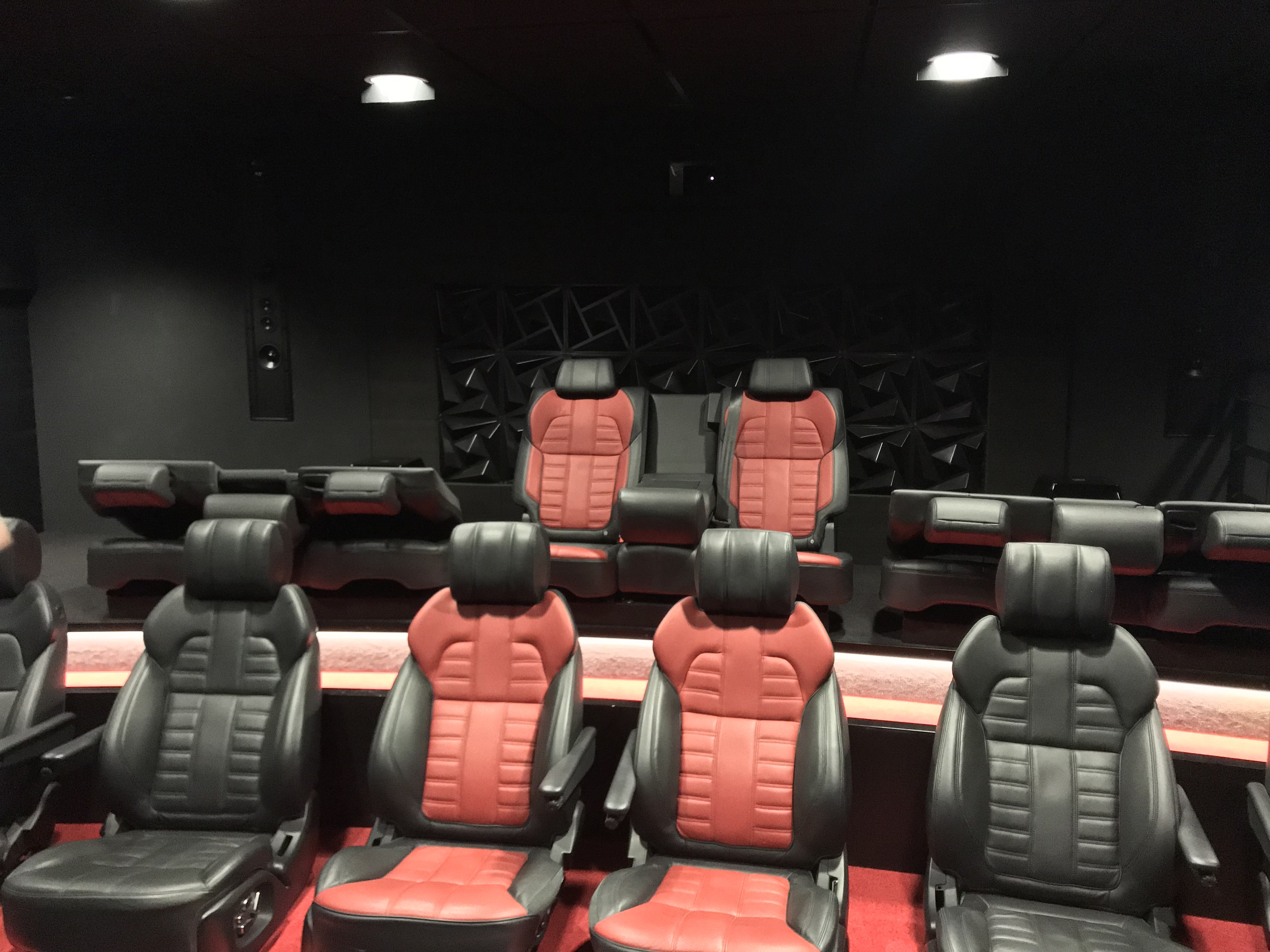
You’d expect a company like Meridian to have a killer theater room, and the Reference Digital Theatre doesn’t disappoint. The 7.4 system features three DSP8000SE’s behind the Display Technologies acoustically transparent two-way masking 173-inch wide screen in an LCR array, two DSP5200SE’s for side surrounds, two DSP640.2 in-wall surround back speakers (that can also be used to play standalone two-channel signals), and four DSW subwoofers handling LFE chores. The three 8000’s produced a phenomenal front soundstage, and the company says it has sold multiple 8000’s employed in LCR configuration behind a screen since it began demonstrating the setup in its theater. A Barco Residential Wodan projector currently supplies the video, however it is slated for replacement with a newer model, with a Kaleidescape Strato supplying source content. The seats in the theater are actually quite interesting, and it doesn’t take long to deduce that they are automotive seats, not true theater seats. My first thought was that they were left over from when Tag/McLaren, who owned the building previously, and were from McLaren’s automotive division. However, the reality is actually much cooler; the seats are from Range Rovers used (and destroyed) during the making of the recent James Bond film, Spectre.
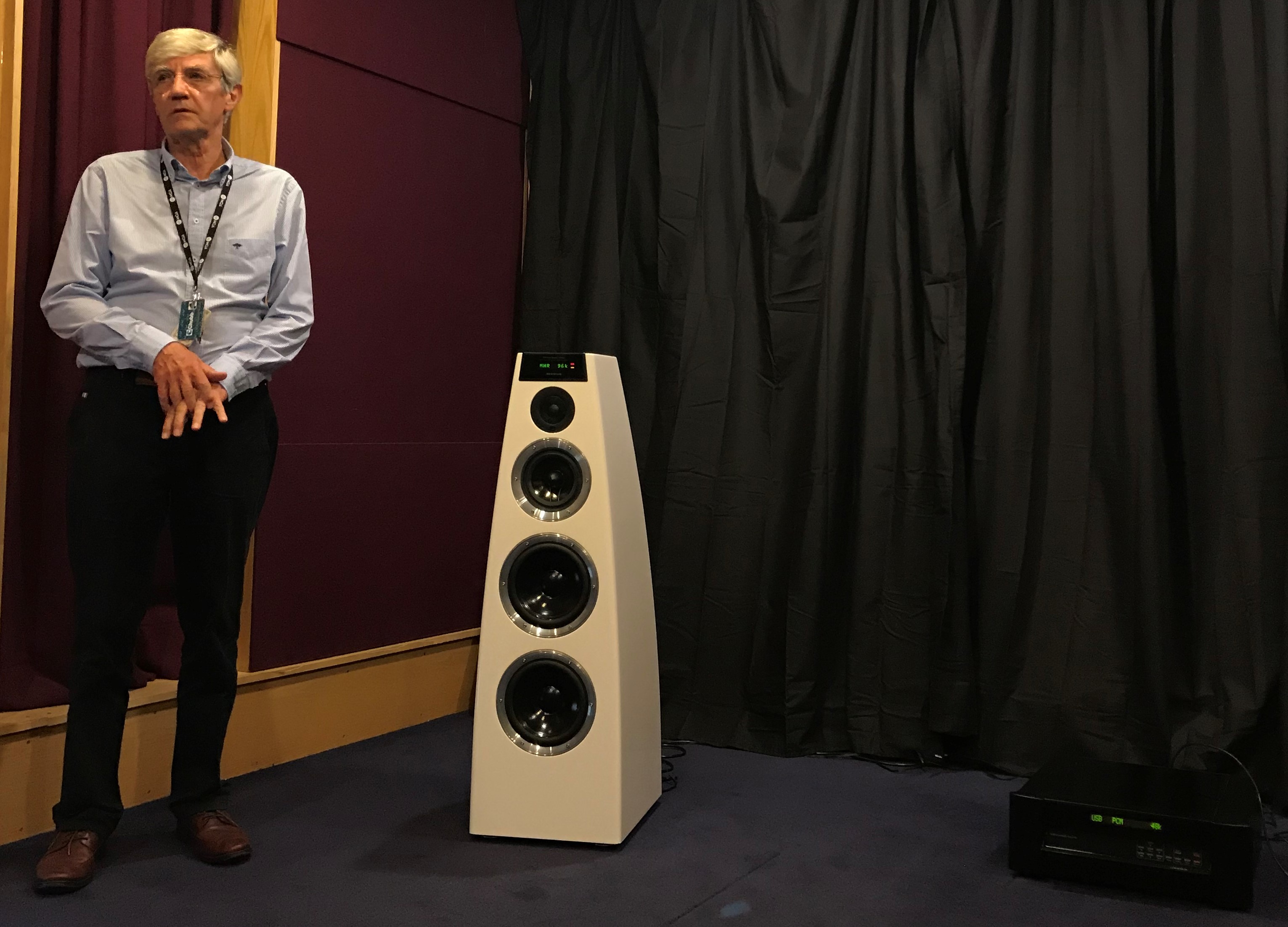
MQA (Master Quality Authenticated), which is designed to get you layers closer to the original studio recording, was created by Meridian’s co-founder, Bob Stuart. The company is now a wholly separate entity from Meridian; however, they still have a close relationship as MQA has office space in the second floor of Meridian’s headquarters and utilizes Meridian speakers and test labs. Our group was given a rare treat as Bob happened to be in the building with some free time and volunteered to give us an MQA demo. I’m a big fan of the format — which is available for streaming on TIDAL and now supported by Control4 OS3 — but it was next-level getting a demonstration from the creator himself. He played a variety of tracks through Meridian DSP7200E speakers, A-B’ing tracks in the same resolution but with and without MQA. The MQA tracks consistently sounded more open and airier, with more depth and detail and space around notes. To me, it was most apparent with stripped down, less processed recordings where MQA files had less smearing and resolved more detail in the decay and reverberation following notes. Repeatedly, MQA removed the sound from the confines of the speaker and placed you into an open recording and listening space.
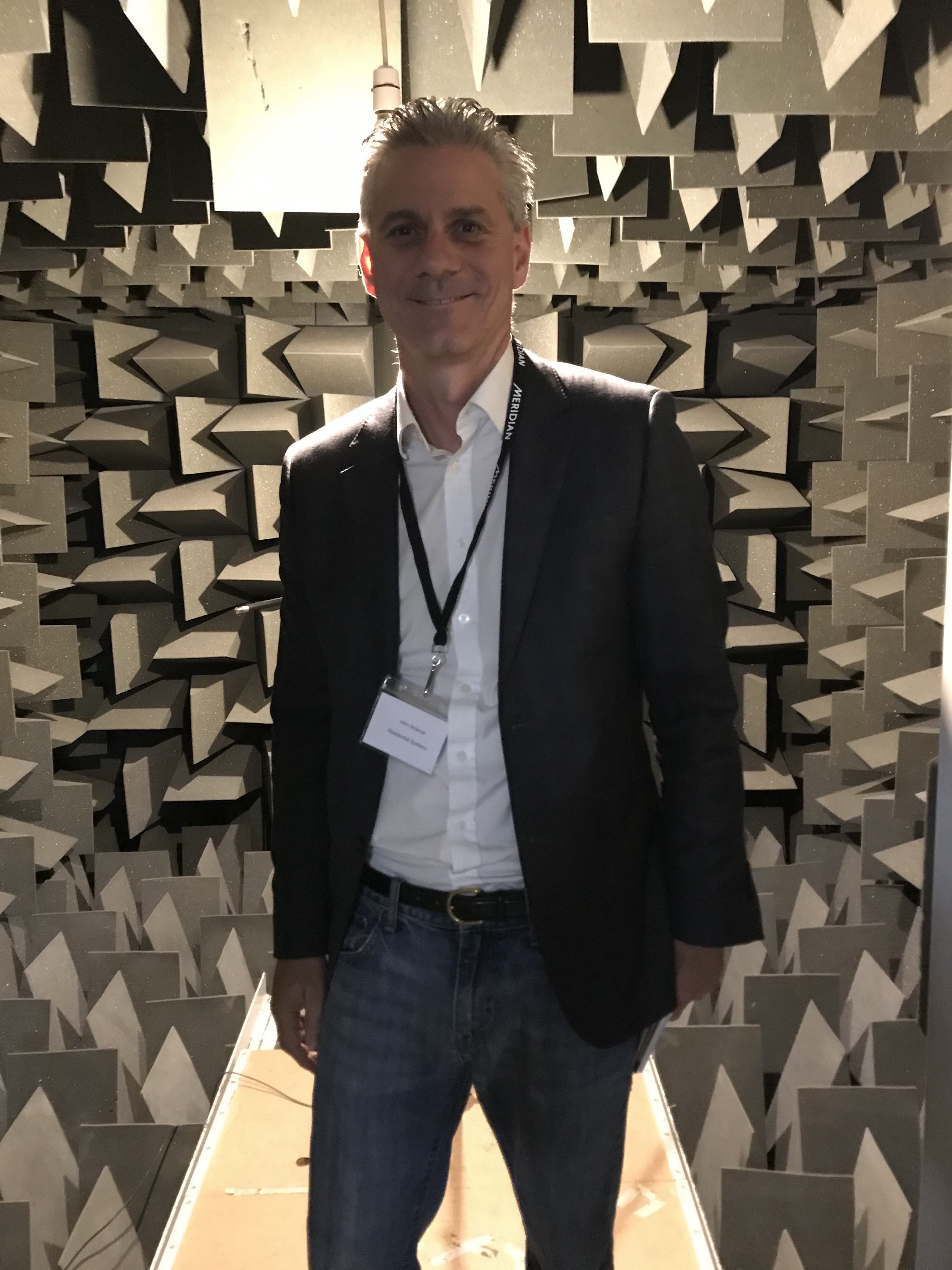
Meridian has an anechoic chamber in the R&D lab used for speaker testing and measurement. (A separate, smaller partial chamber is used in the final testing of every speaker before they leave the factory, ensuring there are no issues and that they are within spec.) This was my first time in an anechoic chamber, and I have to say it was a bit disorienting, but very cool.
Next stop on our trip was a visit to Future Automation, manufacturer of bespoke lifts and other custom mechanisms for the high-end residential market. Stay tuned!






